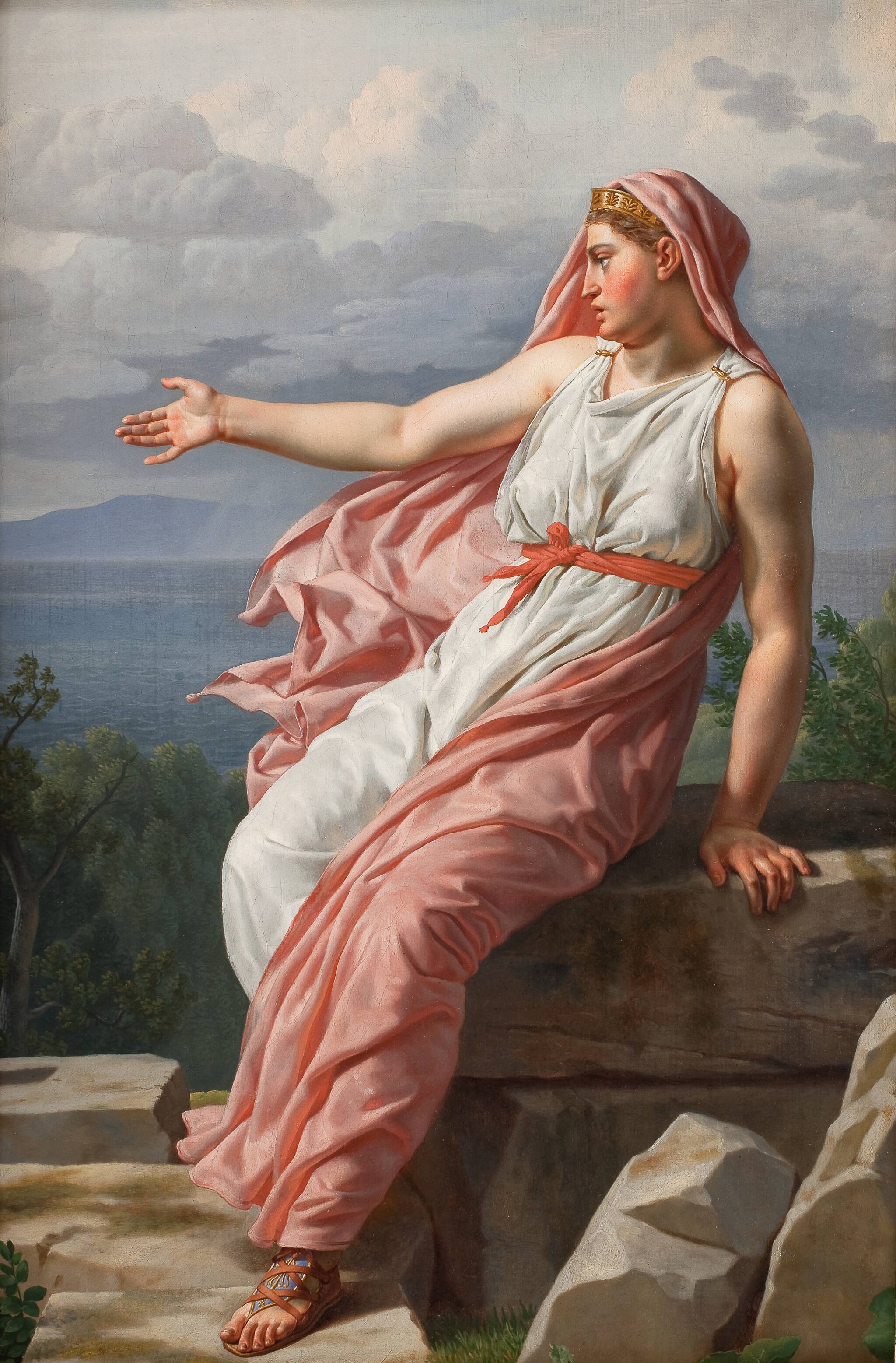Home » Tutti i post

Salvador Dalì | Gli Autoritratti

Alda Merini | Autobiografia in versi e frasi
▻ "Io vivo sempre al buio, ma nei miei pensieri brilla sempre un sole".
▻ "Domandano tutti come si fa a scrivere un libro: si va vicino a Dio e gli si dice: feconda la mia mente, mettiti nel mio cuore e portami via dagli altri, rapiscimi".

Lorenzo di Credi (1458-1537)
Lorenzo di Credi, Lorenzo d'Andrea d'Oderigo (Firenze, 1459/1460-1537), è stato un pittore Italiano, allievo del Verrocchio che lo nominò suo erede, resse la bottega di quest'ultimo, quando era impegnato a Venezia nella statua equestre del Colleoni e ne riportò a Firenze la salma da Venezia dove il Verrocchio era morto nel 1488.
La sua formazione avvenne nella bottega del Verrocchio da cui derivò lo stile finito costruito con linee incisive e precise, modi che influenzarono il suo condiscepolo Leonardo, successivamente le parti si scambiarono e fu Lorenzo ad accogliere lo sfumato e le sottilissime velature di Leonardo.
Per la bottega eseguì la Madonna di Piazza nel Duomo di Pistoia, opera commissionata al Verrocchio, completata con l'aiuto di altri allievi tra cui Perugino e forse Leonardo da Vinci (del quale si ipotizza la paternità della tavoletta della predella raffigurante l'Annunciazione, spesso attribuita però allo stesso Lorenzo).

Alonso Sánchez Coello (1531-1588) Renaissance painter
Sánchez Coello, Alonso (Benifairó del Valls, Valencia - Spain, 1531/32 - Madrid -Spain, 1588) is a fundamental figure in the history of Spanish painting🎨.
He was the first to bring portraiture to the peninsula, where he followed the model developed by Anthonis Mor in likenesses of the Habsburg family.
Some of his paintings were included in the most important portrait galleries developed during the reign of Philip II, including those at the El Pardo and Alcázar Palaces, both sadly lost to fires in 1604 and 1734, respectively.
Today, his works hang in the Museo del Prado, in Spain’s royal foundations, including the Monastery of the Descalzas Reales and in museums and collections in Austria and Bohemia.

Karl D. Witkowski (1860-1910) | Genre painter
Karol (Karl) Dominik Witkowski (16 August 1860, Yazlovets, now Buchach Raion - 17 May 1910) was a Polish🎨-American🎨 portraitist and genre painter🎨, better known in the USA as Karl Witkowski.
He painted scenes of contemporary daily life in America.
Karol Dominik Witkowski was born to a Polish family in Jazłowiec (Jaslowiec), near Buchach, Czortków (Podole, Poland, now Ukraine).
As young boy he showed unusual talent in making drawings and his parents sent him to school in Chortkiv (12 miles from Yazlovets).
In 1879 he enlisted in the Austrian Army (in 19th century southern Poland was occupied by Austria and named Galicia), where he gained popularity by making portraits of his fellow soldiers and commanding officers, including a portrait of General Duke William of Württemberg and portrait of Lieutenant Field Marshal Emanuel Salomon of Friedberg - Mírohorsky (this army officer also was a genre painter, it is possible, why later in USA Karl Witkowski became genre painter).

Ronit Baranga, 1973 | Israeli sculptor
Ronit Baranga is a contemporary Israeli artist who lives and works in Israel.
As a sculptor and installation artist, she creates figurative art on the border between living and still life, dealing with emotional states and relationships.
Her work has been displayed in museums and galleries around the world and is a part of many museum and private collections. Key exhibitions include Banksy’s group exhibition "Dismaland" and numerous solo and group exhibitions in New York, Istanbul, Taiwan, China, Germany, Tel-Aviv and Australia.
Baranga holds a B.A. in Psychology and Literature from Haifa University, studied Art History in Tel-Aviv University, and Fine Arts in Beit Berl College ('HaMidrasha'), Israel.
Iscriviti a:
Commenti (Atom)








